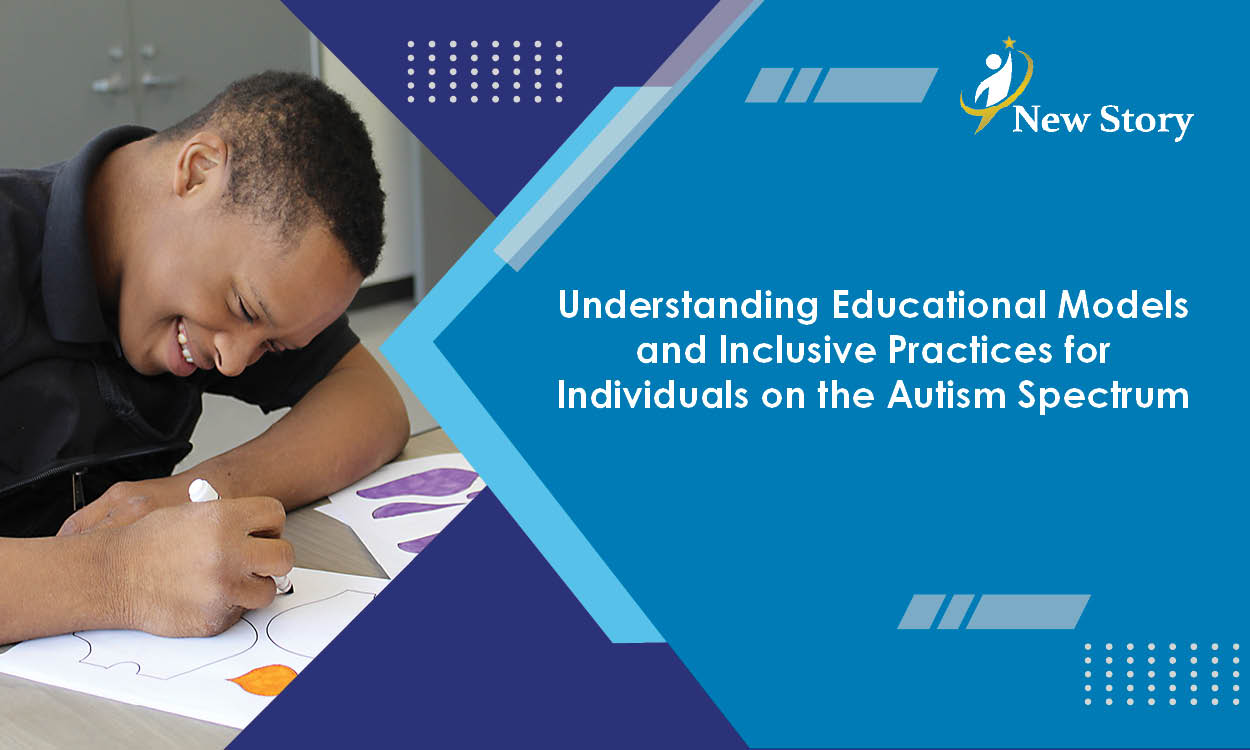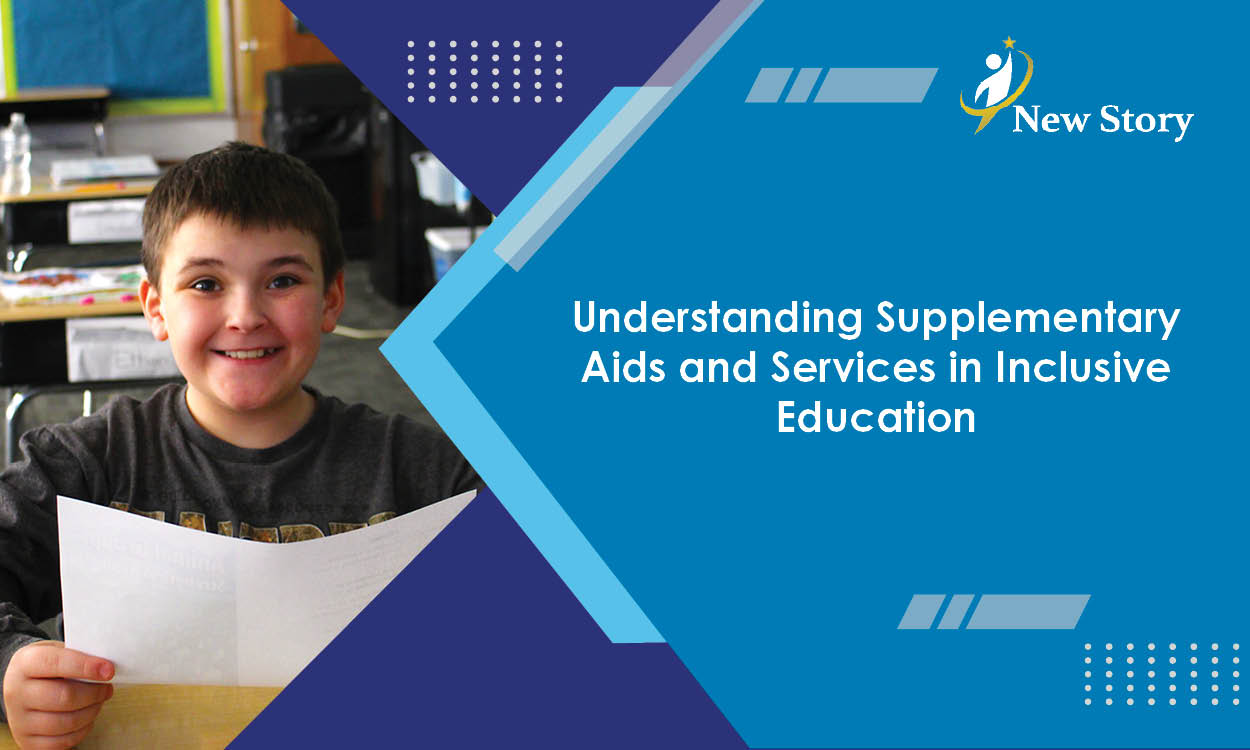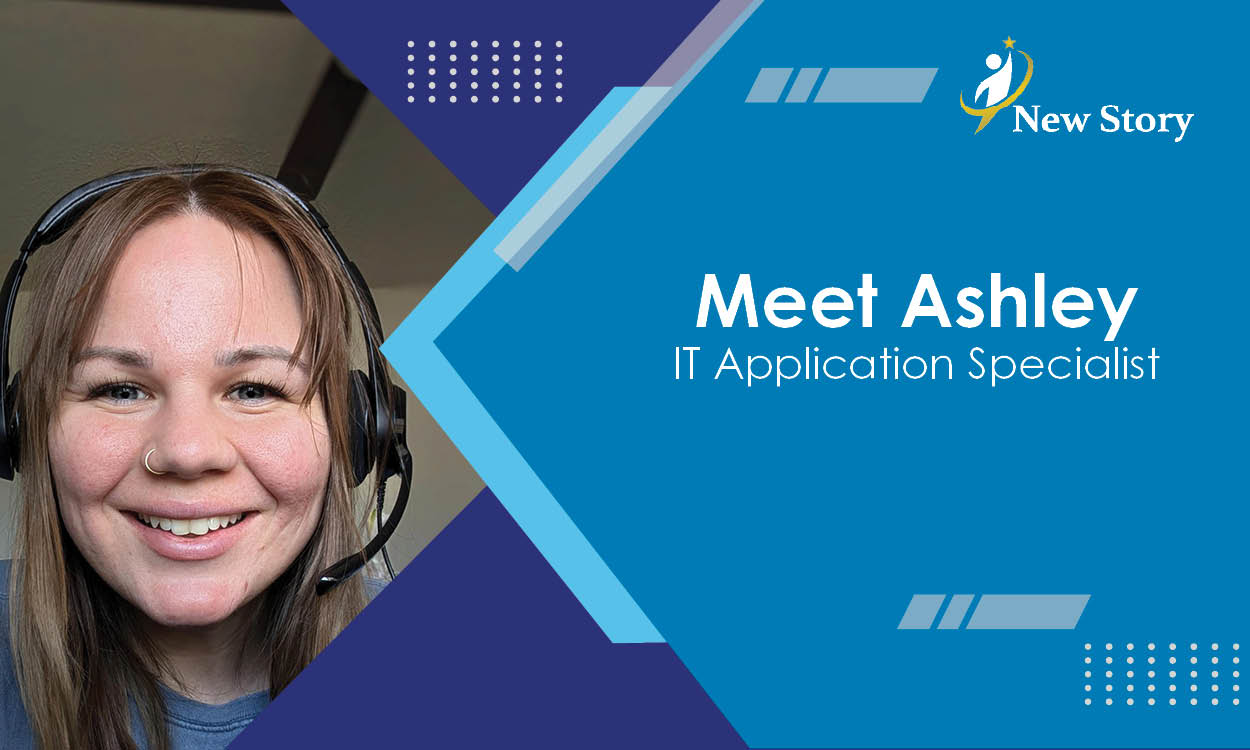Understanding Educational Models and Inclusive Practices for Individuals on the Autism Spectrum
Posted: June 18, 2024 | Written By: Melanie Kells| Category:

When discussing the unique educational requirements and challenges faced by individuals on the autism spectrum, it’s essential to recognize the complexities involved in creating supportive and inclusive learning environments. One of the most common facets of autism is the presence of challenging or maladaptive behavior. These behaviors, which can include elopement, aggression, and classroom disruptions, often pose significant barriers to learning and socialization. They impact not only the individual's educational experience but also their overall well-being.
In educational settings, managing student behavior is a core focus of their individualized educational needs. Challenging behaviors can significantly hinder academic progress and social integration, making it crucial to address these behaviors effectively within the educational framework. To this end, reducing challenging behaviors often becomes a primary goal on a student's Individualized Education Program (IEP).
The collaborative efforts of educators, therapists, and support staff are vital in implementing strategies to manage challenging behaviors in the classroom. These strategies may encompass positive behavior support techniques, environmental modifications, and individualized behavior intervention plans tailored to each student's unique needs. By employing these methods, educational settings can better support students on the autism spectrum, promoting a more conducive learning environment.
Creating a supportive and inclusive learning environment that fosters understanding, acceptance, and empathy is crucial for the success of individuals with autism in educational settings. Proactively addressing challenging behaviors and providing appropriate support and intervention are key steps toward creating an environment where individuals with autism can thrive.
The Importance of Inclusive Practices in Education
When we talk about environments where individuals with Autism Spectrum Disorder (ASD) can thrive, inclusive practices are at the forefront. But what is inclusive education? Simply put, it is the best way to provide all students with a fair chance to attend school, learn, and develop the skills needed to thrive. Inclusive education means the integration or inclusion of all students in the same classrooms and schools, without exception, including students with special needs.
Inclusive practices are essential in education because every student deserves to experience and learn in an atmosphere of respect. In such an environment, they can develop and maintain friendships with other students and teachers in their schools and communities. Inclusive education fosters a sense of belonging and ensures that all students, regardless of their abilities, have equal opportunities to succeed.
To support the needs of students and ensure inclusive practices are in place, various supports and accommodations are provided. These may include Individualized Education Programs (IEPs) and 504 Plans, which outline specific accommodations and modifications necessary for the student’s success. These plans are tailored to meet the individual needs of each student, ensuring they receive the appropriate support to thrive in an inclusive educational setting.
In summary, understanding and implementing inclusive practices and effective strategies to manage challenging behaviors are essential steps toward creating educational environments where individuals on the autism spectrum can flourish. By fostering empathy, acceptance, and tailored support, we can ensure that every student has the opportunity to succeed academically, socially, and emotionally.








